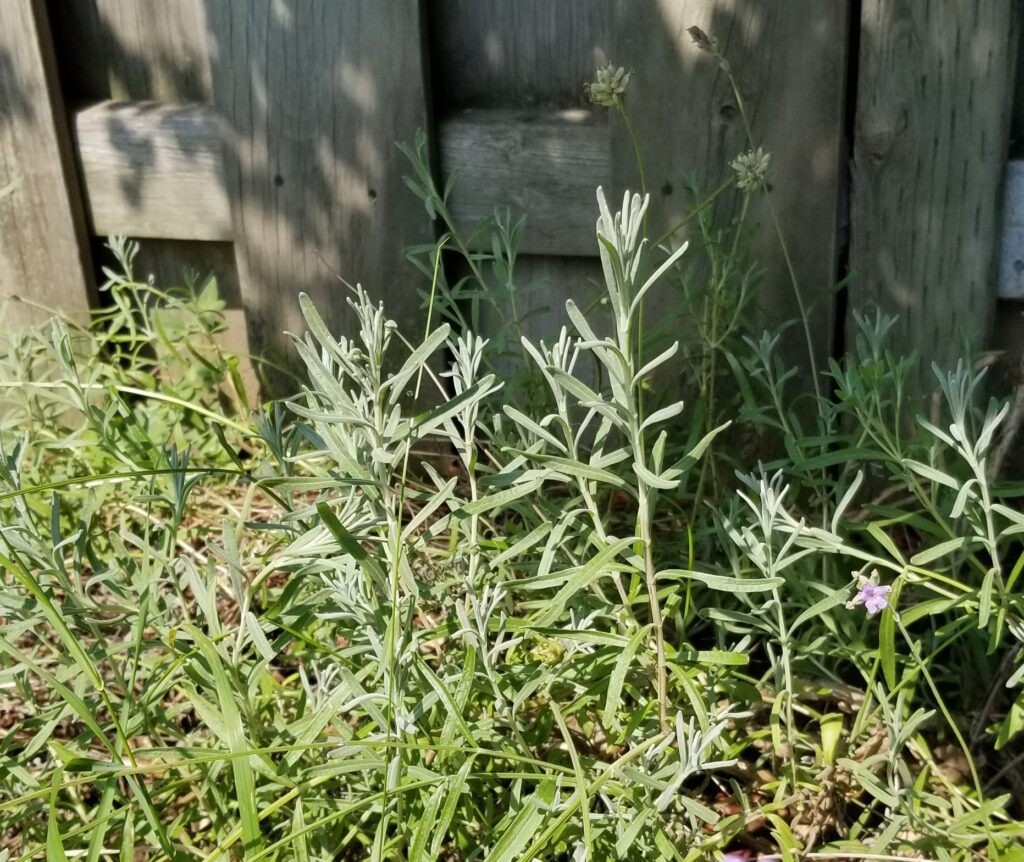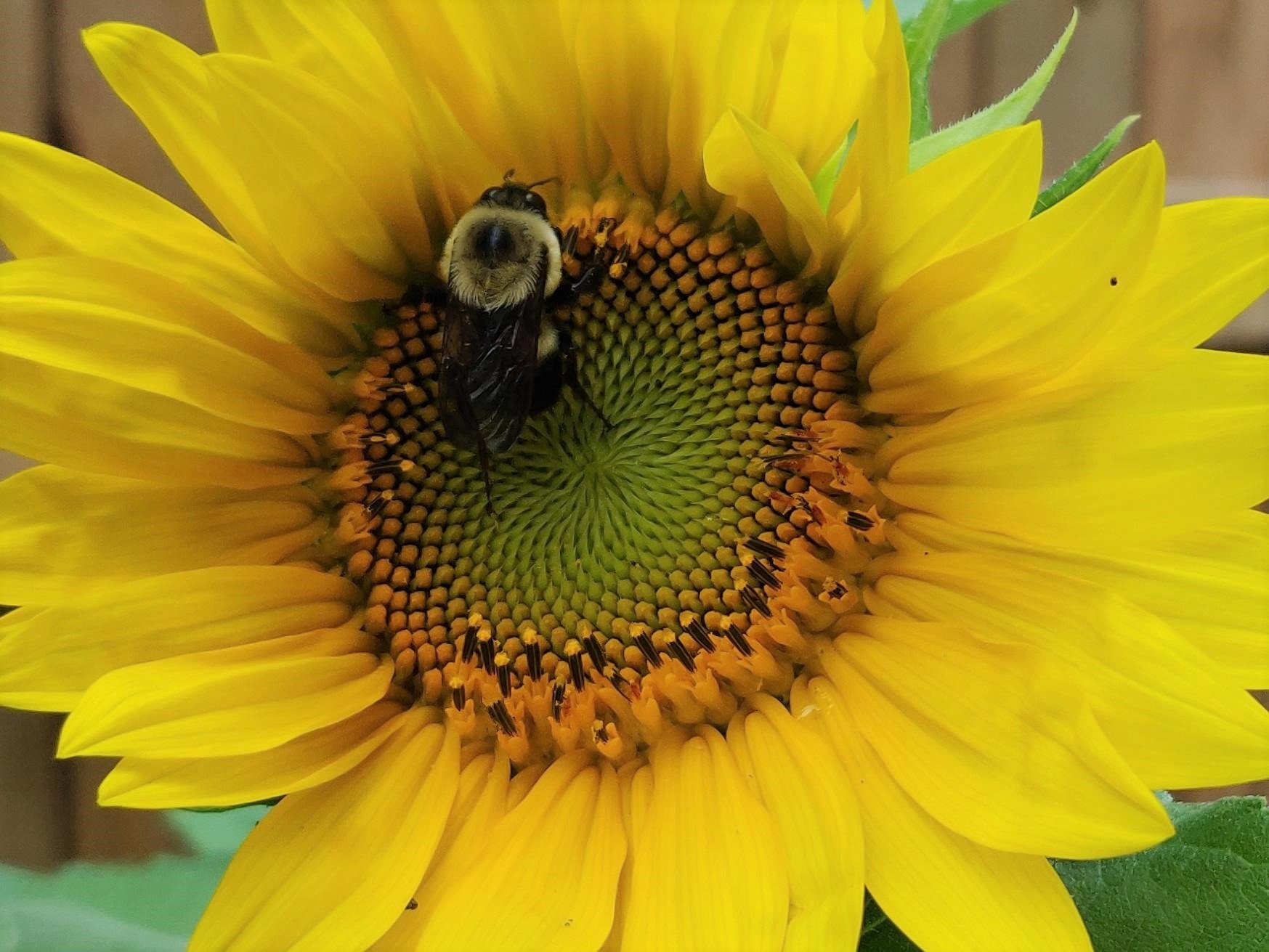By Claudette Sims, Halton Master Gardener
Nature-friendly spring tasks
Cutting back plants or removing dead leaves is largely an aesthetic consideration — most plants don’t benefit from it. Stems or leaves will slowly decompose as the temperatures warm, or will be covered by new growth. Leaving leaves and stems allows native bees and butterflies time to emerge, and gives them places to hide. If old stems do need removal consider standing them at the back of the garden bed.
“Chop and drop”
When pruning or cutting back plants, use the “chop and drop“ method to return organic material to the soil and provide nesting material for birds.
Pruning
Prune trees, shrubs and vines before leaves emerge. Use clean, sharp tools to remove dead, damaged, diseased wood. Prune to improve air circulation and appearance only if needed. Cut back branches to just above another branch or a bud. Keep a sharp eye out for cocoons and chrysalises when pruning. Keep in mind that if you prune spring flowering
shrubs now, you will sacrifice blooms.
Lavender: When new growth starts to appear, use secateurs to prune back dead or overgrown stems to a vigorous bud. Do not over-prune.

Oak trees
Stop pruning oaks in April to prevent oak wilt. If you absolutely need to prune your oak when it is in leaf, treat cuts with pruning paint. Note: This is the only situation where pruning paint is recommended.
Spring bulbs
Blood meal or chicken manure pellets sprinkled around emerging tulips may help to deter deer and squirrel grazing.
Seeds
Time to start your tomato seeds if you haven’t already done so. Start tender annual flowers indoors for mid- to late-May planting. Seed cool weather crops like peas, spinach, lettuce, beets, and radishes directly in the garden as soon as the ground can be worked.
Lawn
Remove leaves or debris only if walking on the lawn leaves NO footprints. This reduces soil compaction. Wait for warm weather before overseeding.
Perennials
Divide or transplant perennials as growth resumes and soil is workable.
Invasive plants
This is the perfect time to spot and remove invasive plants like periwinkle and English ivy. Remove garlic mustard seedlings as they appear to stop them from producing chemicals that kill the beneficial soil fungi which provide critical food to maples and other native plants. For comprehensive information about invasive plants visit the Canadian Coalition for Invasive Plant Regulation.
Celebrate Earth Day by planting a native tree or keystone plants, which
support biodiversity.
Check out our March newsletter for any garden jobs that you may have missed.




